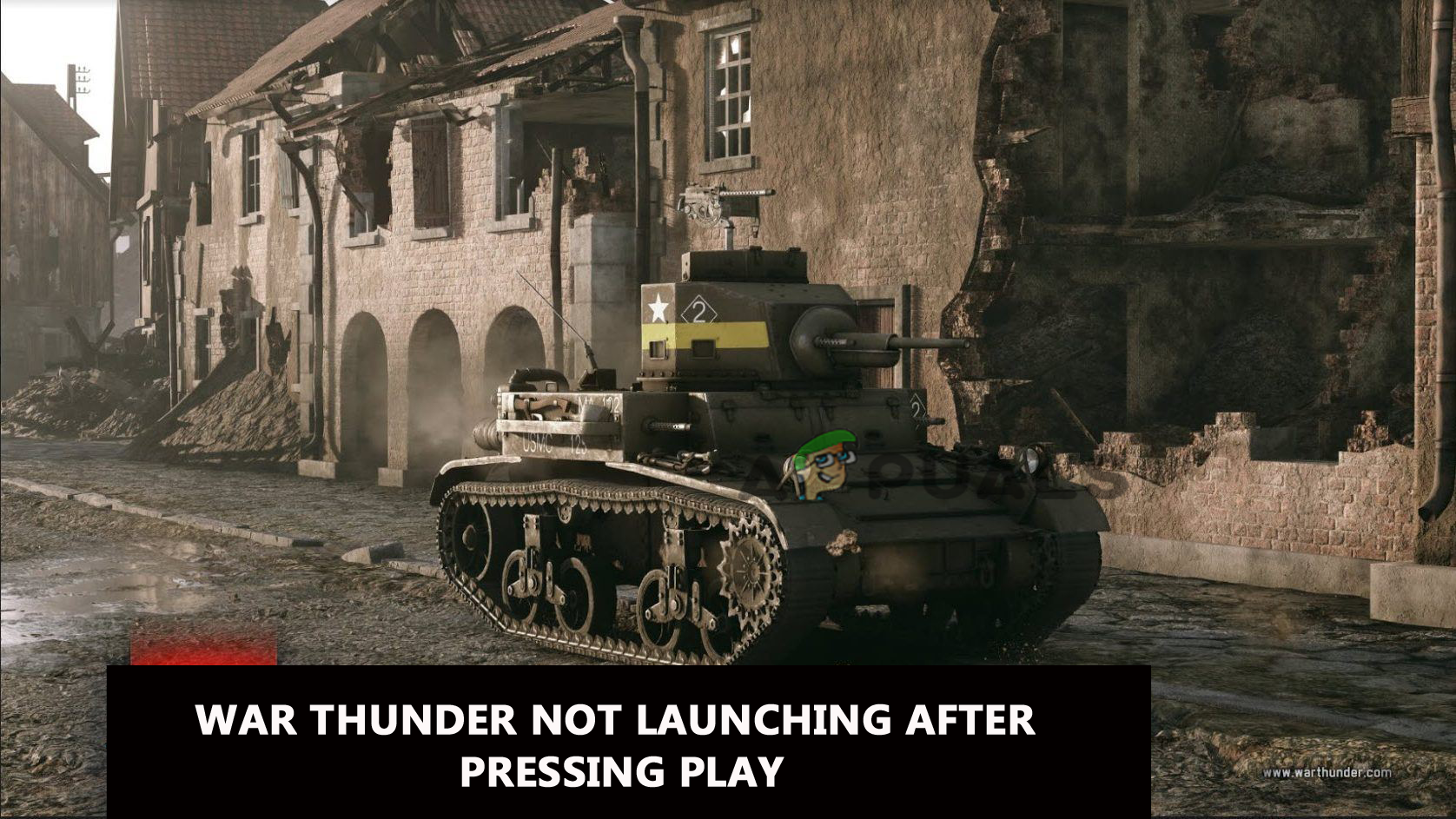
War Thunder No Sound: A Resonance in Silence
In the annals of virtual warfare, where thunderous explosions and deafening gunfire echo through digital landscapes, War Thunder stands as an anomaly. With its "No Sound" feature, the game plunges players into a realm where the cacophony of combat is replaced by an eerie silence, transforming the experience into a profound artistic canvas.
This absence of sound opens up a new dimension of poetic interpretation, inviting poets to explore the emotional and philosophical depths of war stripped of its sensory overload. War Thunder No Sound becomes a vessel for verse, a medium through which to convey the unspoken horrors and the haunting aftermath of conflict.
Suitable Poetry Writing Styles
The unique nature of War Thunder No Sound calls for poetry that captures the interplay between sound and silence, the void and the echo. Some suitable writing styles include:
- Imagism: Employing vivid and concrete imagery to create a sensory experience that defies the lack of sound.
- Symbolism: Using images and objects to represent the abstract concepts of war, loss, and resilience.
- Free Verse: Unbound by traditional form, allowing for a more fluid and introspective exploration of silence.
Poetic Explorations of War Thunder No Sound
Elegy for the Unheard
Echoes of battle linger in the void,
Silence amplifies the unseen pain.
Gunfire’s symphony stilled, a mournful shroud,
Whispering secrets in a voiceless reign.
The Sniper’s Lament
Through the lens, I trace the silence’s flight,
A silent killer, cloaked in the dark.
No boom echoes with each lethal bite,
Only the target’s gasp, a fleeting spark.
Aftermath
The battlefield, a desolate scene,
No sound to pierce the shattered air.
Smoke whispers secrets to the unseen,
Etching scars of war with silent care.
How to Write Poetry about War Thunder No Sound
- Immerse Yourself: Spend time playing War Thunder No Sound, paying close attention to the sensory experience and emotional responses it evokes.
- Draw Inspiration: Explore other literary works, films, or artwork that deal with themes of silence, war, and loss.
- Experiment with Form: Break free from traditional structures and experiment with different poetic forms that best suit your vision.
- Use Figurative Language: Employ metaphors, similes, and other devices to create vivid and evocative imagery.
Tips for Reading Poetry
- Listen to the Silence: Read the poem aloud, allowing the absence of sound to shape your interpretation.
- Pay Attention to Imagery: Examine the poet’s use of images and symbols to uncover hidden meanings and emotional resonances.
- Consider Context: Understand the historical and cultural context of the poem to gain a deeper appreciation of its significance.
Questions and Answers
Q: Why is War Thunder No Sound considered poetic?
A: The absence of sound creates a heightened sense of awareness and introspection, allowing poets to explore the emotional and psychological aspects of war.
Q: What are some common themes found in poetry about War Thunder No Sound?
A: Silence, loss, resilience, the horrors of war, and the search for meaning in a world stripped of sensory overload.
Closing Remarks
War Thunder No Sound is a testament to the enduring power of poetry to transcend the boundaries of sound, creating a resonant silence that speaks volumes. May these poems inspire further exploration of the profound depths of conflict and the transformative nature of art.
Remember, plagiarism undermines the integrity of creative works. Always seek permission and give proper credit to the original authors when sharing or using their words. By fostering a culture of respect and appreciation, we empower poets to continue crafting masterpieces that resonate with our hearts and minds.
